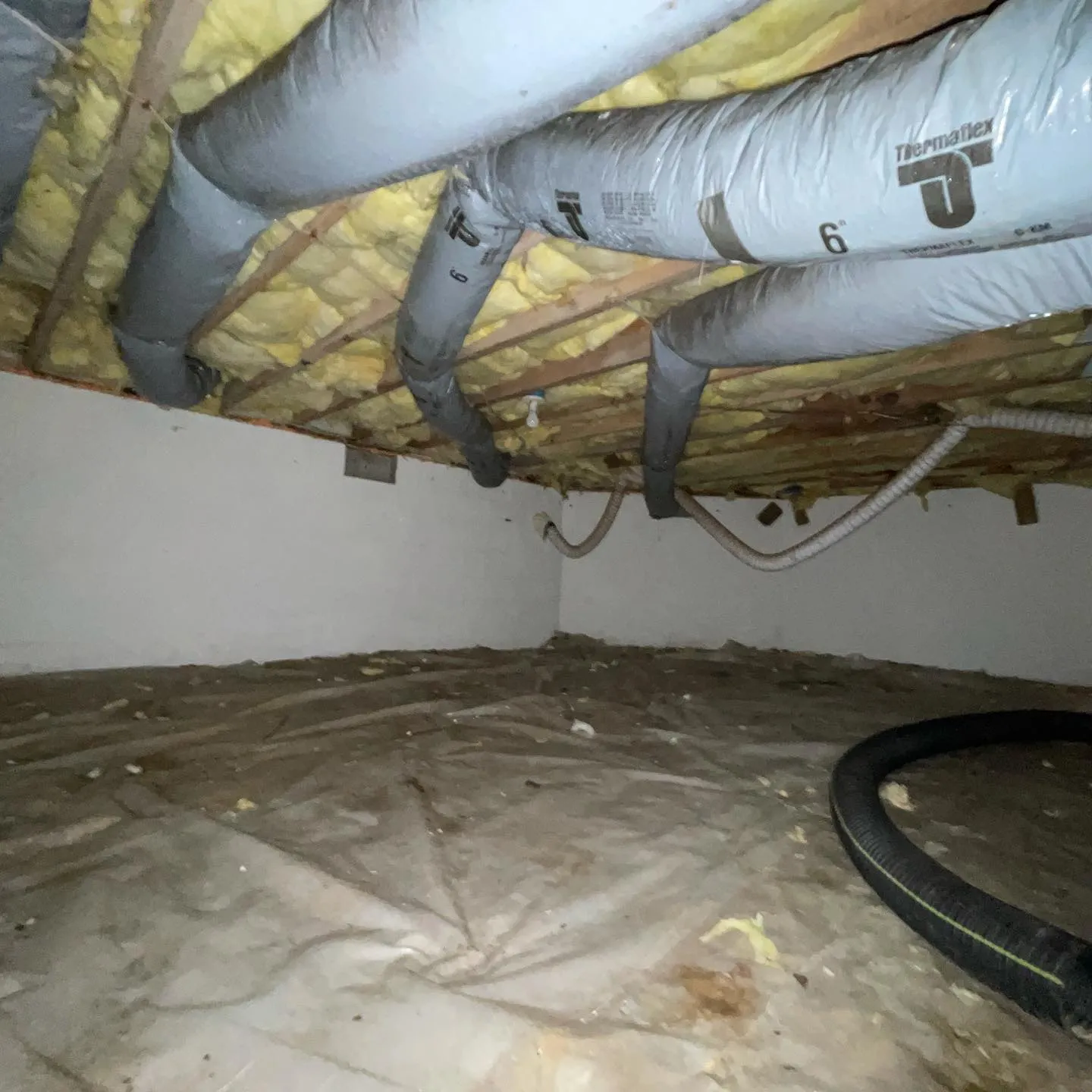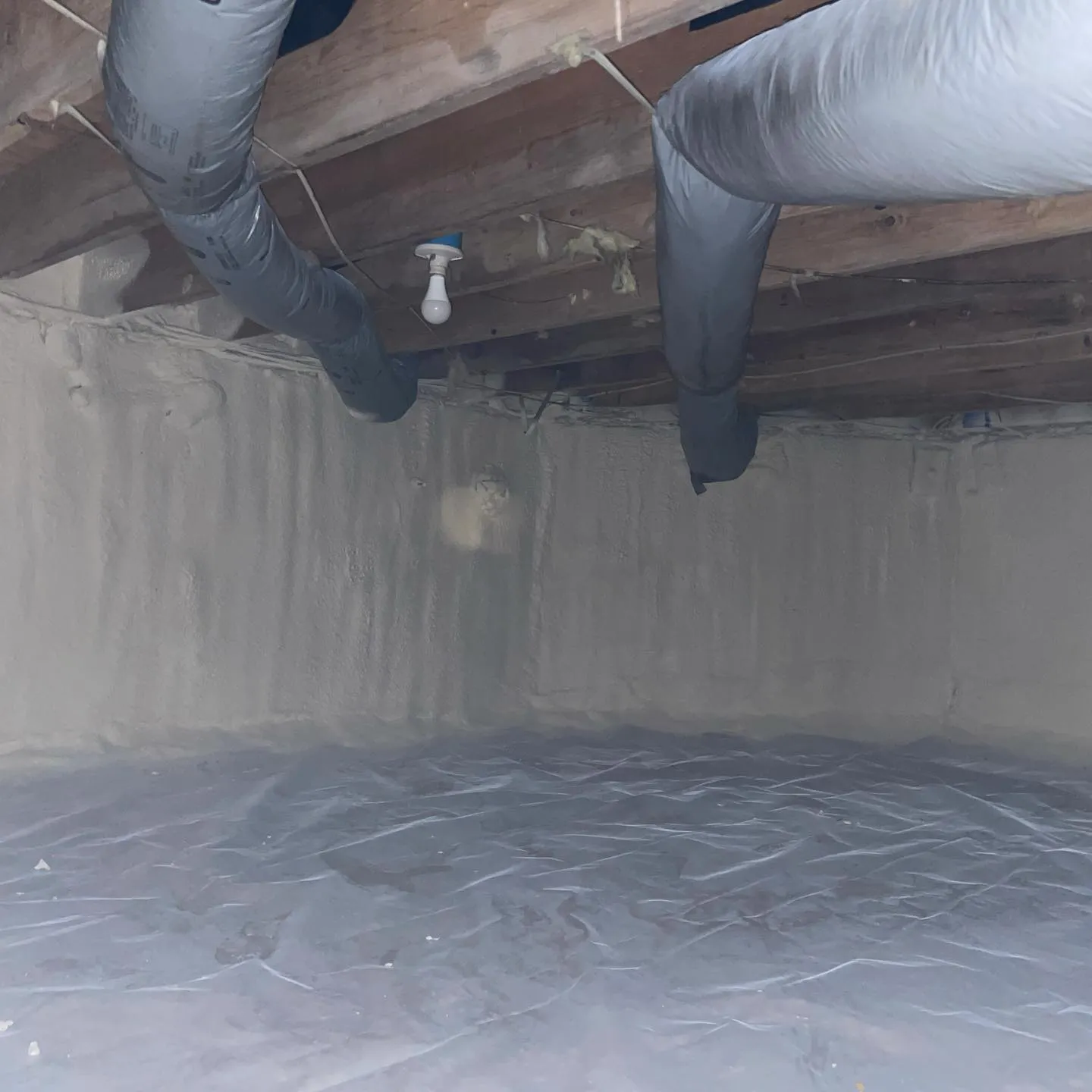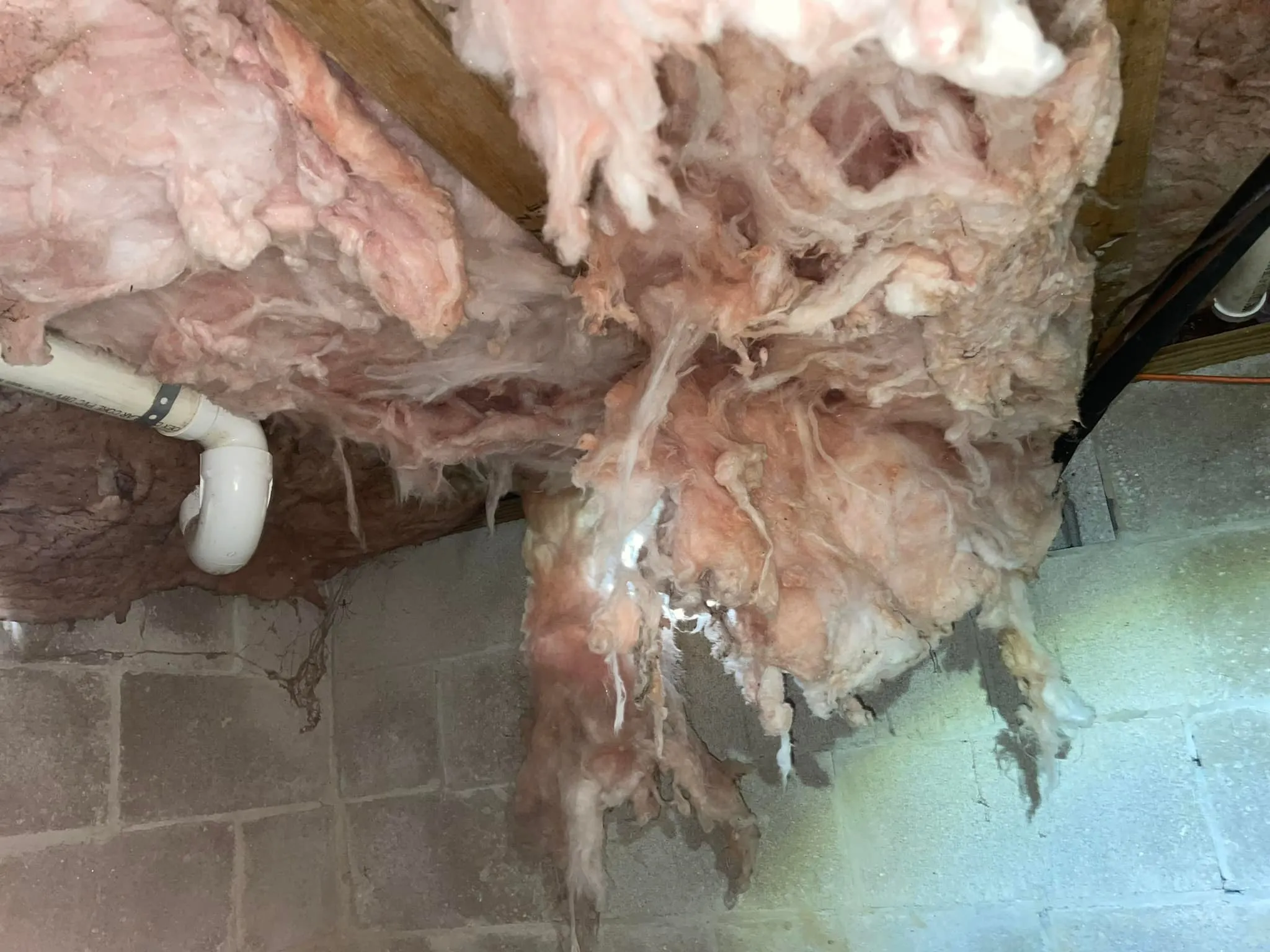
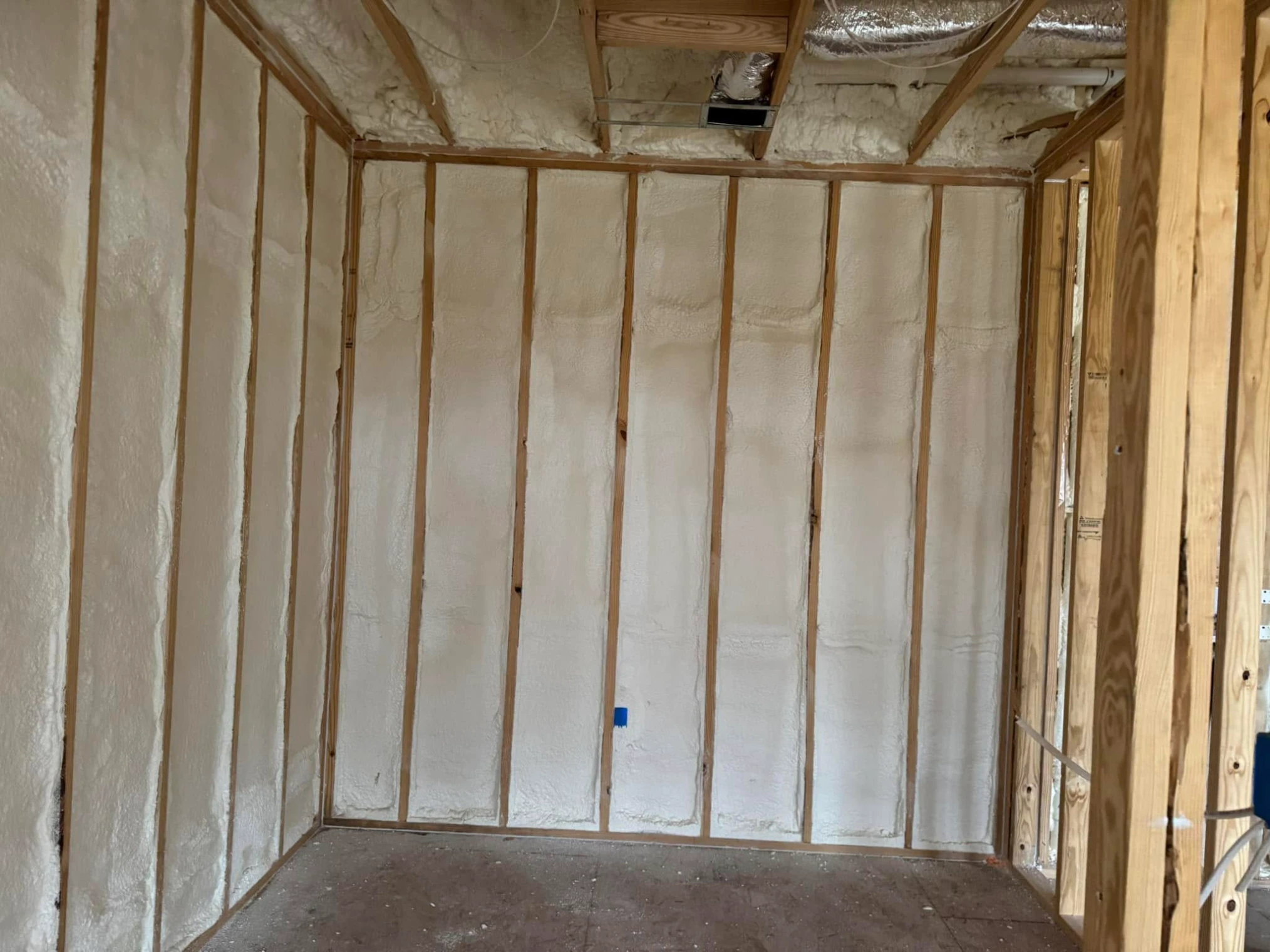
Spray foam insulation creates an effective moisture barrier that significantly reduces humidity infiltration in Parole homes through its seamless application and superior air sealing properties. This advanced insulation material expands to fill gaps and cracks that traditional insulation cannot reach, forming a continuous thermal envelope that prevents warm, humid air from entering conditioned spaces and causing moisture-related problems.
The unique cellular structure of spray foam provides both insulation and vapor control, making it particularly valuable for Parole’s humid subtropical climate where summer humidity levels regularly exceed 70%. Professional installation ensures proper coverage and thickness, creating a comprehensive building envelope that maintains consistent indoor humidity levels year-round.
Parole experiences significant seasonal humidity variations that challenge traditional building materials. Summer months bring intense moisture loads while winter conditions create temperature differentials that promote condensation within wall assemblies. According to the National Weather Service, the Chesapeake Bay region experiences average relative humidity levels between 65-85% during peak summer months, creating substantial moisture pressure against building envelopes.
Spray foam insulation addresses these challenges through multiple mechanisms. The material’s closed-cell structure prevents moisture transmission while its expansive properties eliminate air gaps that allow humid air infiltration. This dual-action approach provides superior protection compared to traditional insulation materials that rely solely on thermal resistance.
| Insulation Type | Air Sealing | Vapor Permeance | Moisture Resistance | Thermal Performance |
|---|---|---|---|---|
| Closed Cell Spray Foam | Excellent | 0.8-1.2 perms | Superior | R-6 to R-7 per inch |
| Open Cell Spray Foam | Excellent | 16+ perms | Good | R-3.5 to R-4 per inch |
| Fiberglass Batts | Poor | High | Minimal | R-3.2 to R-3.8 per inch |
| Cellulose | Fair | Moderate | Fair | R-3.6 to R-3.8 per inch |
Bonus Tip: Installing spray foam during moderate weather conditions (60-80°F) ensures optimal expansion and curing, creating the most effective moisture barrier.
The effectiveness of spray foam moisture control depends on proper material selection and application thickness. Different foam types provide varying levels of protection based on their cellular structure and density characteristics.
| Property | Closed Cell Foam | Open Cell Foam | Impact on Humidity Control |
|---|---|---|---|
| Density | 2.0-2.2 lbs/ft³ | 0.4-0.5 lbs/ft³ | Higher density = better moisture resistance |
| R-Value per Inch | 6.0-7.0 | 3.5-4.0 | Higher R-value reduces condensation potential |
| Vapor Permeability | <1.0 perm | >10 perms | Lower permeability blocks moisture transmission |
| Air Infiltration Reduction | 99%+ | 95%+ | Greater reduction eliminates humid air entry |
| Compressive Strength | 25-40 psi | 1-2 psi | Structural integrity maintains seal integrity |
Closed-cell spray foam functions as both insulation and vapor barrier, eliminating the need for separate vapor retarders in most applications. This streamlined approach reduces installation complexity while providing comprehensive moisture protection.
Effective humidity control requires strategic placement of spray foam in areas most vulnerable to moisture infiltration. Critical zones include rim joists, crawl spaces, attic interfaces, and basement walls where temperature differentials create condensation risks.
Rim joist applications provide exceptional value because these areas typically experience significant air leakage and thermal bridging. Sealing these spaces with spray foam eliminates moisture pathways while improving overall building performance. The EPA estimates that proper air sealing can reduce energy consumption by 15-20% while dramatically improving indoor air quality.
Foundation applications require careful consideration of below-grade moisture conditions. Closed-cell spray foam applied to basement walls creates an effective moisture barrier while providing insulation value. This approach prevents vapor drive through concrete and masonry materials that can elevate indoor humidity levels.
Bonus Tip: Focus spray foam application on areas where different building materials meet, as these junctions typically provide the easiest pathways for humid air infiltration.
Parole’s location near the Chesapeake Bay creates unique moisture challenges that require specific installation strategies. Coastal proximity increases salt air exposure, which can accelerate material degradation and create additional moisture loads on building envelopes.
Seasonal wind patterns bring humid air from the bay during summer months while winter conditions create significant temperature swings. These factors make comprehensive air sealing essential for maintaining consistent indoor conditions. Professional assessment should evaluate wind-driven rain exposure, ground moisture conditions, and existing ventilation systems before recommending specific foam applications.
The region’s older housing stock often features settling issues and building movement that can compromise traditional insulation systems. Spray foam’s adhesive properties and flexibility help maintain seal integrity despite normal structural movement, providing long-term moisture protection that remains effective over decades.
Peninsula Insulation, LLC provides comprehensive moisture control solutions tailored to Parole’s unique climate challenges:
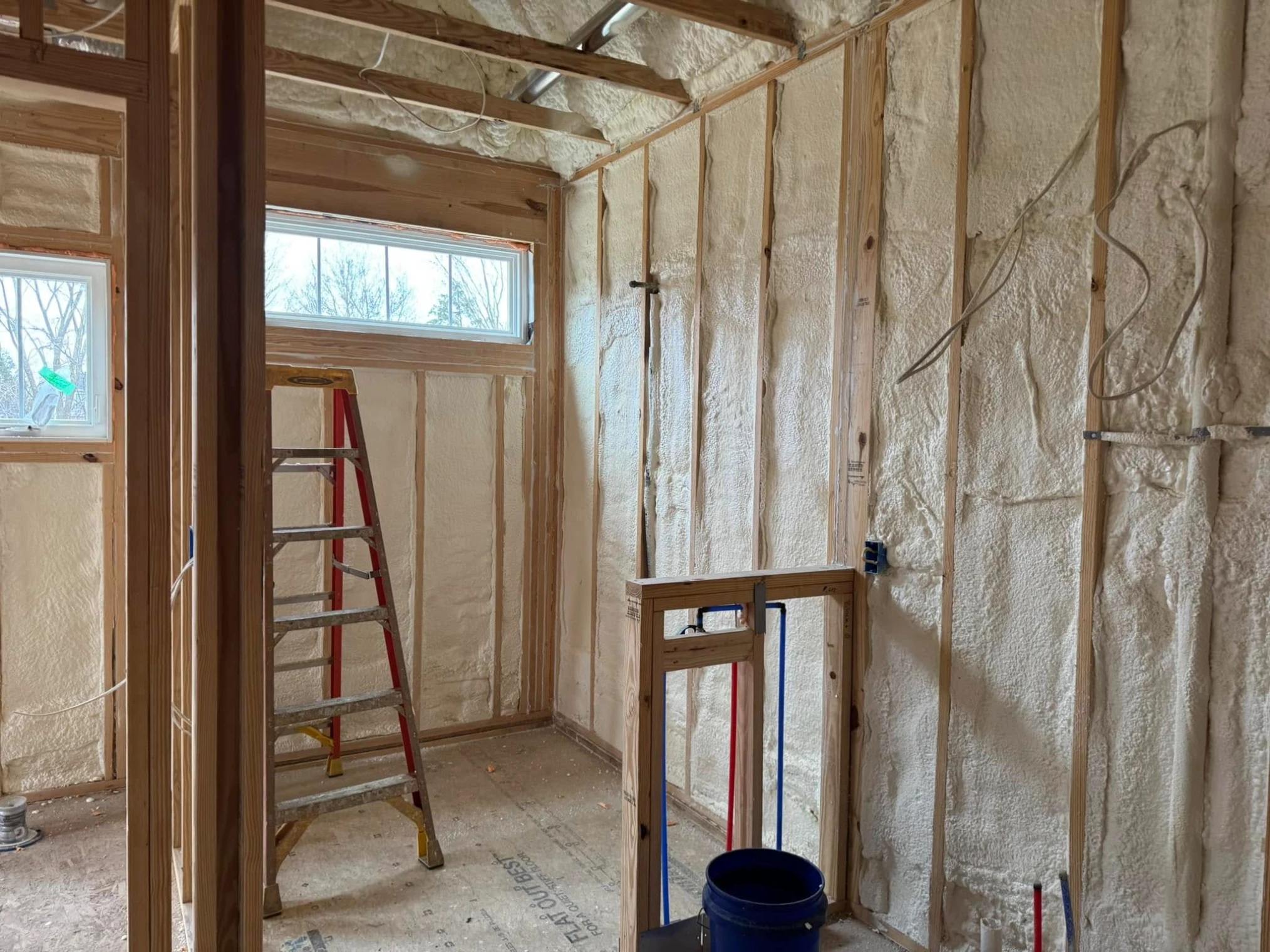
Proper moisture control requires evaluating existing ventilation systems and indoor air quality conditions. Adding comprehensive air sealing may necessitate mechanical ventilation upgrades to maintain healthy indoor air exchange rates. Consultation with HVAC professionals ensures balanced approach between moisture control and air quality maintenance.
Timing considerations affect both installation quality and occupant comfort. Spring and fall installations typically provide optimal conditions for foam curing while allowing time to address any off-gassing concerns before peak heating and cooling seasons. Existing moisture problems should be resolved before foam installation to prevent trapping existing humidity within building assemblies.
Building code compliance varies by application area and foam type. Thermal barriers may be required for exposed foam applications while fire ratings must meet local requirements. Professional installers understand these requirements and ensure compliant installations that provide long-term performance without safety concerns.
Bonus Tip: Document existing moisture conditions with photographs and moisture meter readings before installation to establish baseline conditions and measure improvement effectiveness.
Understanding the installation process helps property owners make informed decisions about moisture control investments. Professional assessment typically identifies the most critical areas requiring attention while establishing realistic expectations for performance improvements.
Occupants must vacate the property during installation and for 24-48 hours afterward to allow proper curing and ventilation. Remove personal belongings from treatment areas and ensure adequate access for equipment. Electrical systems should be shut off in spray areas, and HVAC systems require temporary shutdown during application to prevent foam particles from entering ductwork.
Typical residential spray foam applications require 1-2 days for completion depending on square footage and complexity. Crawl space encapsulation projects often finish within 6-8 hours, while whole-house applications may extend to multiple days. Weather conditions affect curing time, with optimal temperatures between 60-80°F ensuring fastest cure rates and best performance.
Spray foam generates heat during the chemical curing process, potentially reaching temperatures of 150-200°F. This reaction produces temporary odors that dissipate within 24-48 hours with proper ventilation. Avoid entering treated areas until contractors confirm complete curing and safe reoccupancy. Full cure typically occurs within 24 hours under normal conditions.
Indoor humidity levels begin stabilizing within 2-3 days after installation as the foam reaches full effectiveness. Most properties experience noticeable improvements within the first week, with maximum moisture control benefits evident after 2-3 weeks. Seasonal transitions provide the best opportunity to measure long-term effectiveness against previous performance.
Monitor indoor humidity levels using digital hygrometers placed in previously problematic areas. Target humidity levels should remain between 30-50% year-round for optimal comfort and moisture control. Document any unusual odors, visible moisture, or temperature variations that might indicate installation issues requiring professional attention. Schedule follow-up inspection within 30 days to verify performance expectations.
Effective humidity control requires professional assessment, quality materials, and proper installation techniques. Spray foam insulation provides comprehensive moisture protection when applied by experienced contractors who understand local climate conditions and building science principles.
Long-term moisture control success depends on addressing the complete building envelope rather than isolated problem areas. Comprehensive approaches that combine spray foam with proper drainage, ventilation, and maintenance practices provide the most reliable protection against humidity-related damage and indoor air quality problems.
Peninsula Insulation, LLC brings decades of experience addressing moisture challenges in Parole’s unique coastal climate. Professional assessment identifies the most effective moisture control strategies while ensuring proper installation techniques that provide lasting protection.
Contact Peninsula Insulation at wil@mdsprayfoam.net or (410) 770-2624 to schedule a comprehensive evaluation of your property’s moisture control needs. Professional consultation ensures the most effective approach for your specific building conditions and long-term protection goals.
Properly installed spray foam maintains moisture resistance for 20-30 years under normal conditions. The material’s chemical stability and adhesive properties prevent degradation that compromises moisture control effectiveness. Regular building maintenance and monitoring ensure continued performance throughout the expected service life.
Spray foam addresses moisture infiltration sources but cannot resolve existing water damage or drainage issues. Professional assessment should identify and correct water intrusion problems before foam installation. Once underlying issues are resolved, spray foam provides effective long-term moisture prevention.
Comprehensive air sealing may reduce natural air exchange rates, potentially requiring mechanical ventilation upgrades. Professional evaluation determines whether existing ventilation systems provide adequate fresh air exchange after foam installation. Balanced ventilation systems often improve both air quality and moisture control.
Spray foam requires minimal maintenance once properly installed. Annual visual inspection of exposed areas should identify any physical damage or deterioration. Professional evaluation every 5-7 years ensures continued effectiveness and identifies any areas requiring attention or repair.
Closed-cell spray foam resists water absorption and maintains structural integrity when exposed to flooding conditions. However, contaminated floodwater may require foam removal and replacement for health reasons. Open-cell foam absorbs water and typically requires replacement after flood exposure.

